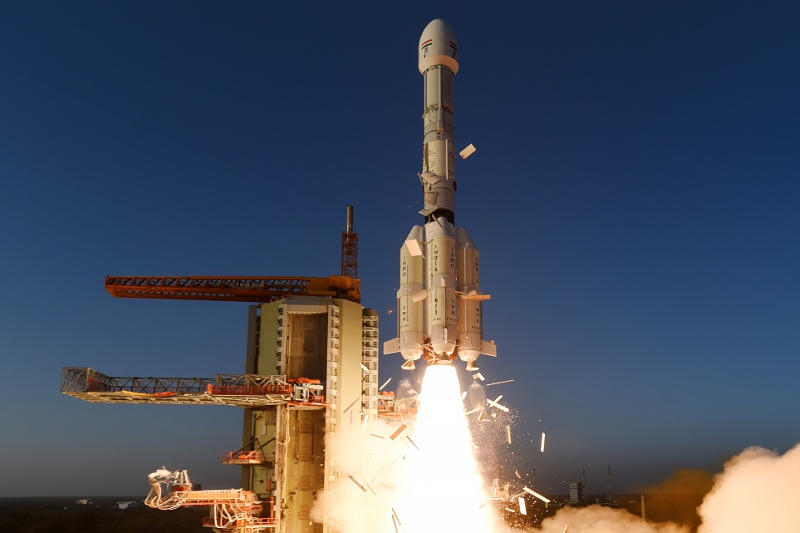At a recent event in New Delhi, Indian Space Research Organization (ISRO) Chairman Sreedhara Somanath announced plans to bring soil samples from the lunar surface to Earth around 2028. This mission will require two launches as India does not have rockets powerful enough to carry all the necessary vehicles from transition to reentry on one.

Image source: ISRO
If everything works out, India will become the fourth country after the USSR, USA and China to bring soil samples from the Moon to Earth. Yes, it will not be the first, but this will not detract from the scientific feat that Indian scientists and engineers will undertake if they can successfully implement this project. In addition, India plans to complete the mission for relatively little money. Only 21 billion rupees (about $250 million) have been allocated for the program. Sending the lunar rover on the Chandrayaan-3 mission, we recall, cost the country’s budget $74 million.
The Chandrayaan-4 mission will require two separate launches. One rocket will carry a transition module and a capsule descending to Earth to deliver samples to the Moon, and the other will carry a descent and return module, which, after collecting samples, will launch into lunar orbit and dock with the transition module. In orbit, the samples will be placed in a descent capsule and then set off on a return flight to Earth.
India has yet to test technology for docking modules in Earth orbit, which is expected either before the end of this year or in 2025. Also on the horizon is the development of a robotic arm for collecting samples on the surface of the Moon and during drilling to depths of several meters. The program involves collecting about 3 kg of soil in the area of the southern plus of the Moon – approximately in the same place where the Chandrayaan-3 module with the lunar rover descended.
By the way, the Chandrayaan-5 mission, which will follow Chandrayaan-4, envisages the delivery of a 350-kg rover to the Moon. This is a joint project between India and Japan. The Japanese agency JAXA is creating a lunar rover, and the Indian ISRO is ensuring its delivery to the Moon. But that will be a different story.